Tiny Fromelles Museum Hits The Big Time
Pheasant Wood Search Recognised
The internationally acclaimed London Science Museum has announced that it will mount a special exposition next year featuring the Battle of Fromelles and the search at Pheasant Wood for the Australian and British dead buried by the Germans after the battle.
In doing so the giant London organization has recognized the excellence of its tiny Fromelles counterpart by seeking permission to borrow some artefacts from the battle. (Some artefacts from the battlefield at the Fromelles Museum at right)
The small but superb Fromelles Musee de la Guerre, run by a local organisation called the Association pour le Souvenir de la Bataille de Fromelles, will provide a number of objects found on the battlefield.
The driving force behind the Fromelles Museum, Martial Delebarre, confirmed he had responded to the request suggesting four objects: a spoon from a British soldier; a Rising Sun Australian insignia; an imperial tobacco pipe; and a compass belonging to a British officer.
“I have sent photos of these objects to London. I am now waiting for their response. The objects will be lentprepared for 5 years, the length of the exposition,” he said.
M Delabarre added that the London Science Museum planned to dedicate one of its galleries to the search of Pheasant Wood, focusing on the identification, using DNA, of the remains of the exhumed Australian and British soldiers and Australian soldiers.
The Pheasant Wood resulted from a six-year quest by Australian amateur historian Lambis Englezos and his team of supporters, in Australia and overseas.
The Imperial War Museum is apparently also considering an exhibition on Fromelles. The hope is that these two expositions will coincide for several weeks around the time of the official commemoration of the new Fromelles village cemetery, on the 19th July next year. This cemetery will receive the exhumed remains of the Australian and British soldiers recently exhumed from the mass graves where they were buried by the Germans in the days following the battle on July 19 1916.
The news is a wonderful recognition of the work of those who have for so long fought to recover the Fromelles Missing and it’s a fitting honour for the Missing themselves and for their families, who have waited for almost a century for resolution.
Let’s hope it prompts the authorities to redouble their efforts to use all available means, especially DNA, to identify as many of the Missing as possible before next year’s re-interment so they can be buried under their names.








